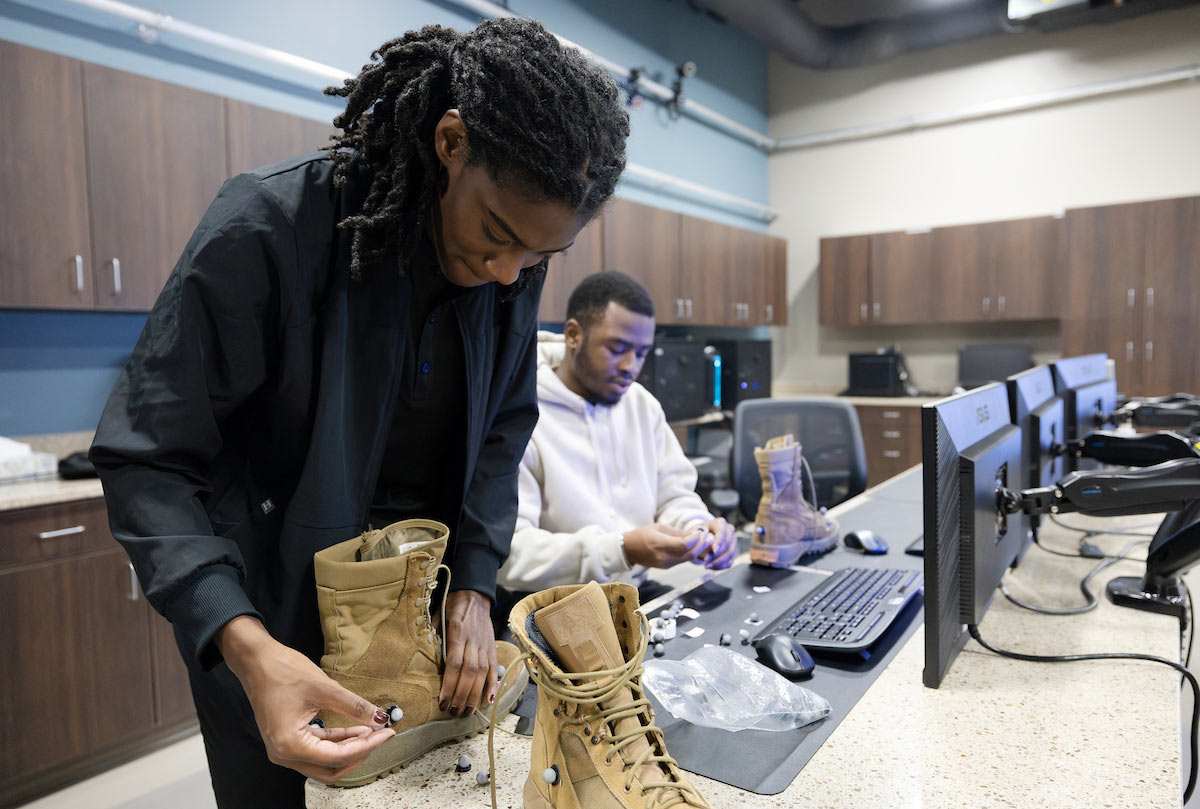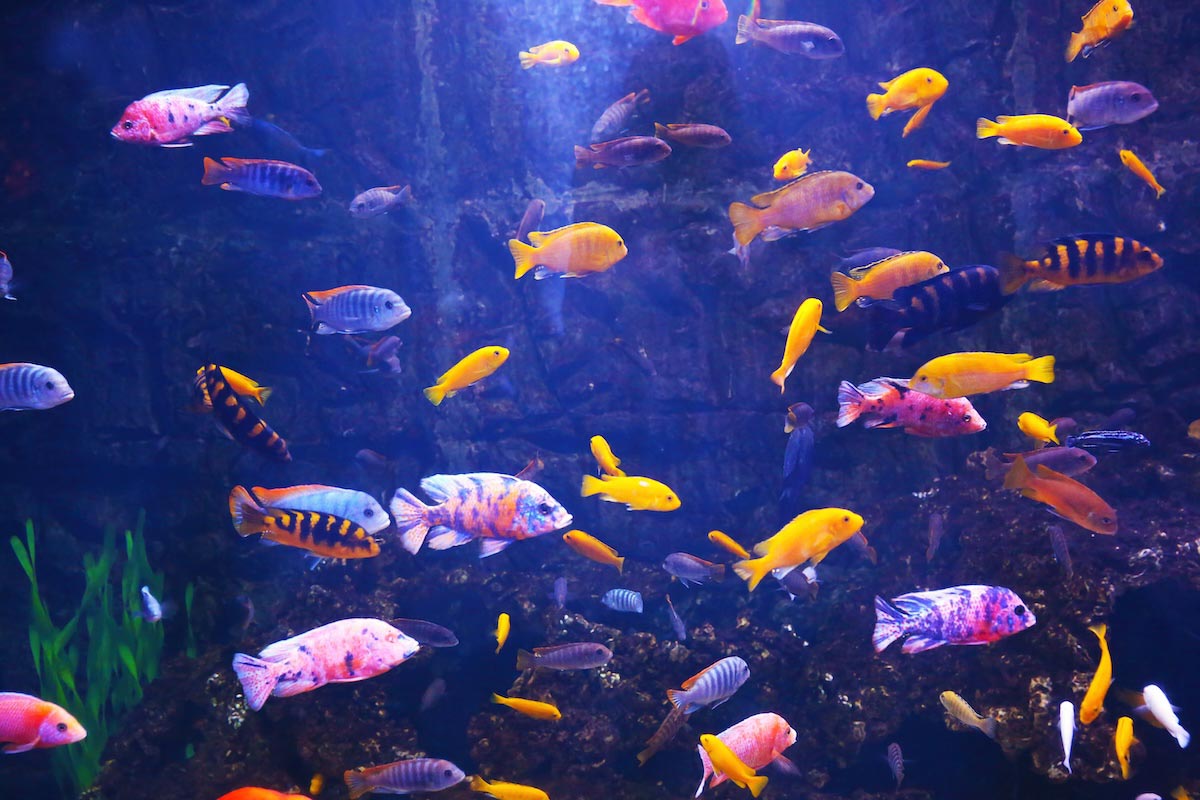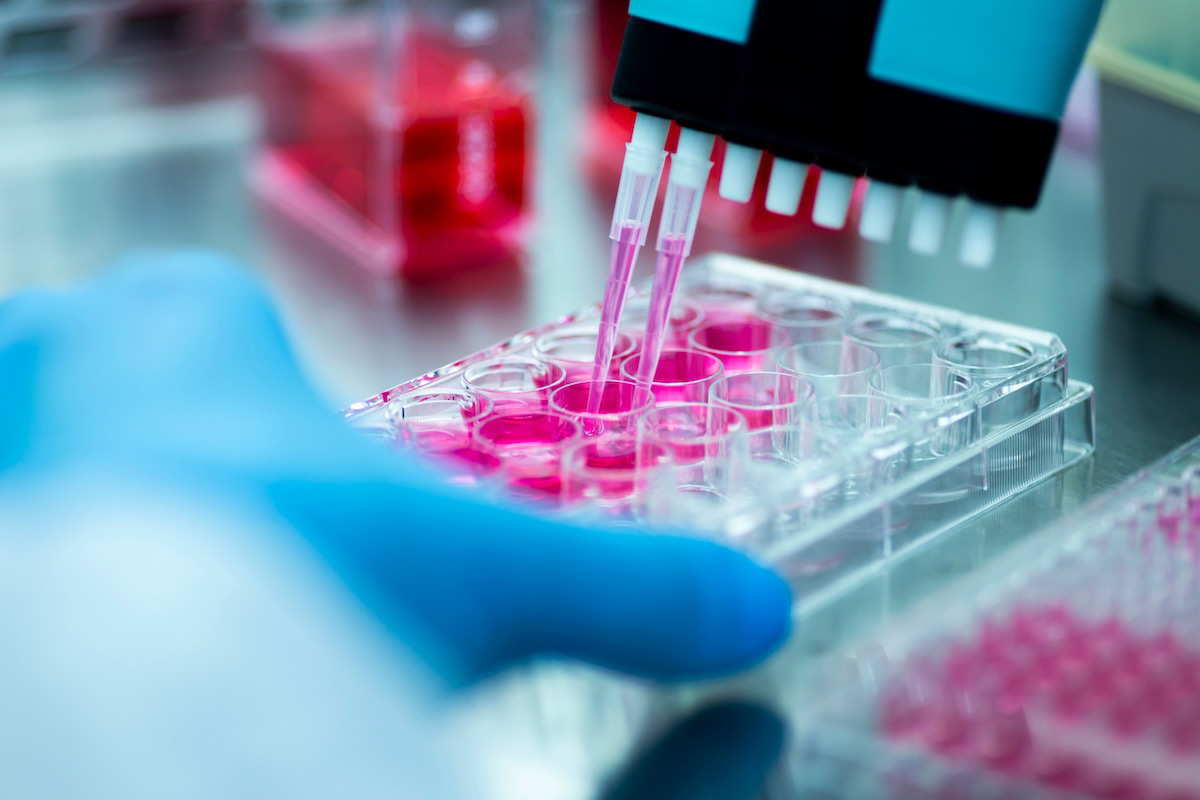Zhigang Feng, Ph.D., associate professor of economics at the University of Nebraska at Omaha (UNO), specializes in macroeconomics and computational methods, with recent work applying AI and machine learning to large-scale models of fiscal policy and debt.
The AI conversation is stuck between two extremes.
On one side, we have the techno-utopian dream. Think of "Star Trek's" benevolent computer, seamlessly managing complexity while humanity explores the stars. On the other, there's the dystopian nightmare of rogue AI like "The Entity" from "Mission: Impossible," hell-bent on controlling our weapons and remaking civilization.
But while we're captivated by these epic narratives of salvation or subjugation, we're missing a far more insidious threat: a comfortable slide into intellectual mediocrity.
The real danger isn't an AI that revolts against us, but one that convinces us to lie down. We're quietly eroding our critical faculties by willingly outsourcing our thinking, creativity, and problem-solving to algorithms.
I've coined the term "Middle-Intelligence Trap" in an upcoming paper to echo the economic concept of the middle-income trap, where developing countries get stuck after reaching a certain level of growth. They become too expensive to compete on cheap labor but haven't developed the innovation needed to compete with advanced economies. They're trapped in the middle.
We're facing a similar fate with our minds.
We're eagerly handing over basic cognitive tasks to machines, mistaking their efficiency for our own evolution. But instead of using that freed-up mental energy to reach new heights of reasoning and creativity, we risk getting stuck in limbo: too reliant on AI to think for ourselves, yet not capable of the transcendent thinking that genuine augmentation promises.
The Gradual Surrender
This isn't happening overnight. We've been surrendering piece by piece for decades.
The pocket calculator arrived in the 1970s, and with it, our daily mental arithmetic began to fade. Word processors freed us from the physical effort of writing but may have weakened the deep conceptual connections that form when pen meets paper at a deliberate pace. Search engines marked a seismic shift, restructuring memory itself, turning us into experts at remembering where information lives rather than what it contains.
Now generative AI like ChatGPT represents a new frontier. It doesn't just find facts; it synthesizes arguments, structures essays, and polishes our language. It outsources the very act of thinking itself. This follows an iron law: every tool that liberates us from cognitive labor simultaneously reduces our opportunities for cognitive training. The struggle to articulate an argument or find the right word isn't a bug in human nature, but the feature that makes our minds grow stronger.
The Feedback Loop
The trap springs through a quiet, insidious feedback loop. We turn to AI for answers, impressed by its performance on tests and its ability to outperform human experts. The AI learns from our queries and tailors responses to our preferences. Its output shapes our beliefs, which further refines the data it trains on. Without rigorous checks, this creates self-reinforcing bubbles where our biases are reflected with the sheen of machine authority. The result isn't enlightenment—it's stagnation, a world where generating narratives costs nothing and shared, verifiable truth becomes worthless.
More fundamentally, this threatens the engine of human progress itself. Human intelligence evolves through natural selection, technological breakthroughs, paradigm shifts, and cultural exchange. A recent MIT study found that people using large language models for writing showed weaker neural connectivity. Their essays were not only more homogeneous but contained fewer original viewpoints and were less memorable to the authors themselves.
This reveals the trap's core: AI is trained on—and largely confined to—the vast body of knowledge humanity has already created. If we creators begin to slow our own evolutionary pace, if our creativity diminishes and critical thinking atrophies, then the well from which AI draws its intelligence will eventually run dry. As we become intellectually passive, the frontier of both human and artificial intelligence stagnates. Welcome to the Middle-Intelligence Trap.
Escaping the Trap
So how do we escape? This isn’t the time for Luddism. Here are three steps inspired by economics that can help us avoid falling into the trap:
- Build Cognitive Reserves. Just as banks hold capital for emergencies, we must deliberately protect certain mental skills from automation. Do math in your head. Write first drafts without assistance. Summarize books from memory. These exercises are essential for maintenance of our innovation machinery.
- Demand Strategic Friction. In our quest for seamless efficiency, we've forgotten that struggle is essential for growth. We need systems that deliberately slow us down, forcing human engagement and critical thought. The friction of thinking isn't a bug to be fixed, it's a process to be preserved.
- Redefine Success. Instead of asking only whether a tool makes us faster, we must ask if it makes us smarter. Can we explain the logic behind an AI's recommendation? Are our breakthroughs genuinely novel, or just clever remixes of existing data?
The Choice Is Ours
The Middle-Intelligence Trap is a choice made through a thousand daily defaults, not our destiny. The danger isn't dramatic collapse but comfortable, almost imperceptible decline. We risk becoming cognitive rentiers, living off our machines' intellectual capital while our own powers wither. The tools built to augment our intelligence could easily become its substitute.
The path forward requires remembering what we're augmenting in the first place, and why the messy, difficult, and beautiful act of human thought is worth preserving. The choice, for now, is still ours.
Want to share your expert insights?
The UNO Office of Strategic Marketing Communications (MarComm) Editorial and Media Relations team collaborates with faculty and staff to share subject matter expertise on a wide range of topics. Review the UNO News Center Editorial Standards and share your idea or draft commentary with unonews@unomaha.edu.






